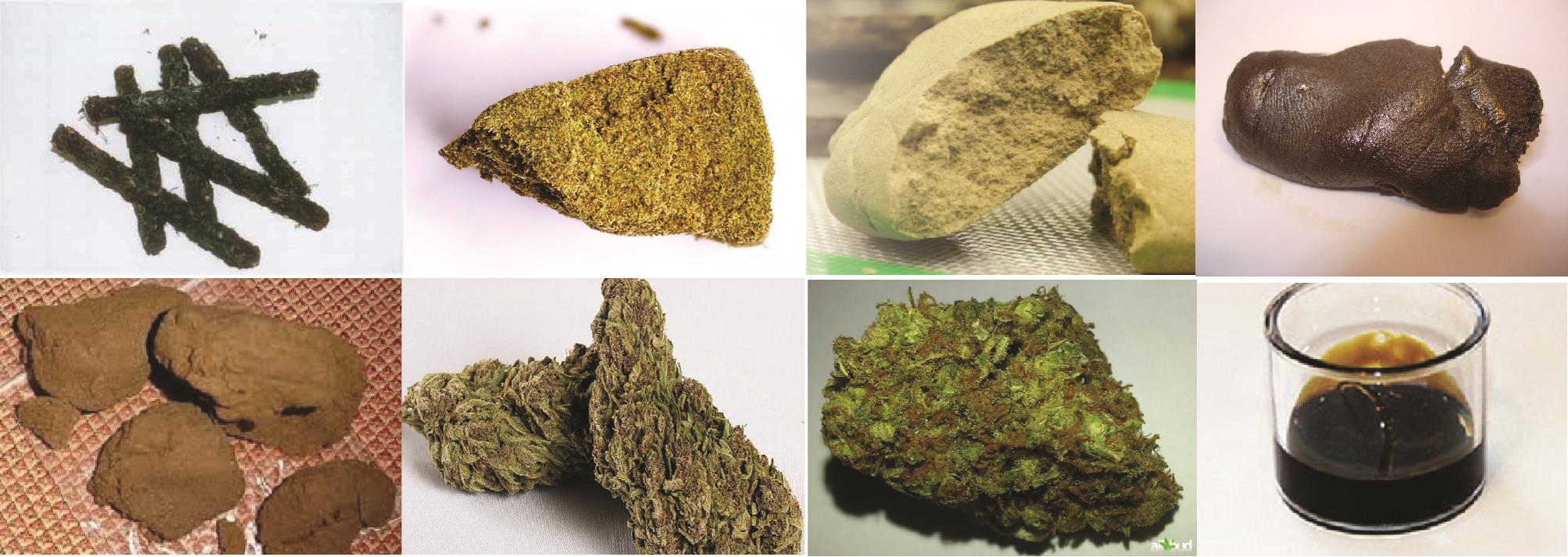
“The endocannabinoid system has emerged as a considerable target for the treatment of diverse diseases.
In addition to the well-established palliative effects of cannabinoids in cancer therapy, phytocannabinoids, synthetic cannabinoid compounds as well as inhibitors of endocannabinoid degradation have attracted attention as possible systemic anticancer drugs.
As a matter of fact, accumulating data from preclinical studies suggest cannabinoids elicit effects on different levels of cancer progression, comprising inhibition of proliferation, neovascularisation, invasion and chemoresistance, induction of apoptosis and autophagy as well as enhancement of tumour immune surveillance.
Although the clinical use of cannabinoid receptor ligands is limited by their psychoactivity, nonpsychoactive compounds, such as cannabidiol, have gained attention due to preclinically established anticancer properties and a favourable risk-to-benefit profile.
Thus, cannabinoids may complement the currently used collection of chemotherapeutics, as a broadly diversified option for cancer treatment, while counteracting some of their severe side effects.” https://www.ncbi.nlm.nih.gov/pubmed/30019449










